Best 5 Sewing Machines on the Market Right Now for Every Sewist
Hello friends, Alexis Bailey here and I’m so happy to be here to share this information with you and I hope you find it helpful. This year there has been a boom in the making community as people have tapped into their sewing skills to start making masks and other health PPE to combat the Covid-19 pandemic. While this has been a magnificent feat for health workers and communities alike, the demand for sewing machines has highly increased as has their value making sewing the hot new thing, which is pretty awesome if I say so myself. That all being the case, I want to share with you 5 sewing machines that are still decently priced, perfect for various experience levels and are in common supply. Most of these can also be found on online markets locally (i.e. Facebook Marketplace) and other websites as well which I have linked. Enjoy!
1. Brother CS6000i
Average Price: $150-300 depending on source (recommended not to spend more than $350)
Why you should buy:
1. Great for beginners or more experienced sewists alike
2. Computerized features
3. Multiple stitch options
4. Speed control
5. Lightweight
Personal thoughts:
An entry-level sewing machine with more than enough sewing and decorative stitches, the Brother CS6000i is a great machine for all sewing levels. A large free arm makes it perfect for quilting, the computerized features make it user friendly, and the sturdiness makes it the perfect sewing machine for a variety of fabrics and layers. With all of these features and more, the lightweight size makes it the perfect sewing machine to move from room to room for the sewist with a smaller home or sewing area.
2. Janome 2212
Average Price: $200-300 depending on source (recommended not to spend more than $200)
Why you should buy:
- Affordably priced from a reputable brand
- Designed specifically for beginners
- 12 built in stitches
- Button hole capability
Personal thoughts:
This machine is a great beginner machine for someone who wants to keep things simple and sweet. It has the right amount of stitches for anyone starting off and wanting JUST the right amount of stitches to use, not too much or too little. It’s also lightweight and affordable- a great combination from a great brand.
3. Singer 4432
Average Price: $200-450 depending on source (recommended not to spend more than $250)
Why you should buy:
- Heavy duty
- Works well with heavyweight fabrics or multiple layers
- High speed
- Metal interior frame (providing great durability)
Personal thoughts:
Known as a true workhorse sewing machine, this high speed sewing machine is a true friend to anyone who works with heavy duty materials, or does production sewing. Its durability and strong power motor make it great for sewing heavy or thick projects. On the contrary if you’re looking for a simple long lasting sewing machine for simple projects over a long period of time this is also your friend as well. *Full transparency, some reviews mention this machine may not be able to sew through thicker layers without a hump jumper*
4. Brother SE625
Average Price: $350-650 depending on source (recommended not to spend more than $500)
Why you should buy:
- Sewing machine AND embroidery machine all in one
- Amazing features and a variety of stitches
- Computerized but also includes manual feature
- Heavy duty metal body
Personal thoughts:
I actually own the refurbished version of this machine and I can say it’s a great machine for the aspiring creative. I don’t COMPLETELY recommend this machine for beginners however if you’re a beginner that likes a little bit of a challenge go for it! This sewing machine has all of the capabilities of a heavy duty machine with its sewing and embroidery functions but also is gentle and easy enough on basic projects. It also has a speed function if you like to take things slow or fast.
5. Brother 1034D Serger
Average Price: $200-450 depending on source (recommended not to spend more than $300)
Why you should buy:
- Perfect for finishing seams of garments
- Easy to thread, though there is a learning curve
- Hardware is easily replaced and machine is simple to maintenance
Personal thoughts:
As an owner of this sewing machine as well I’m afraid I am biased as far as sergers go, but I’ve owned this machine for 3 years now (bought brand new) with no issues or problems so far. I chose this machine for the list as I feel it’s the perfect serger for a beginner. There are so many resources for it and it’s relatively simple to use for a serger. If you’re wanting to start finishing your seams but want an easy machine to learn to do so on, this is definitely the option I suggest.






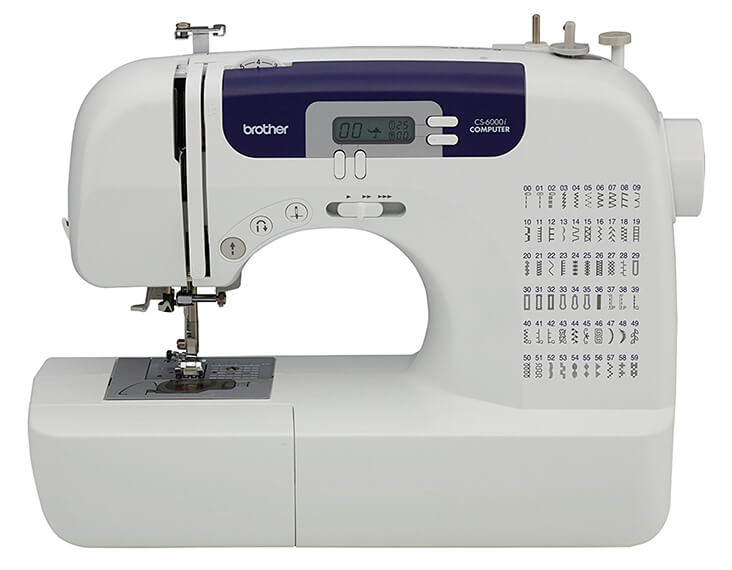
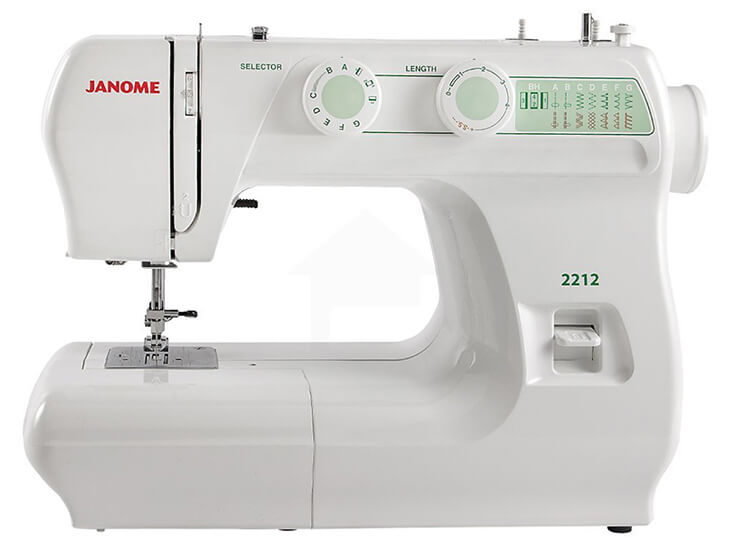
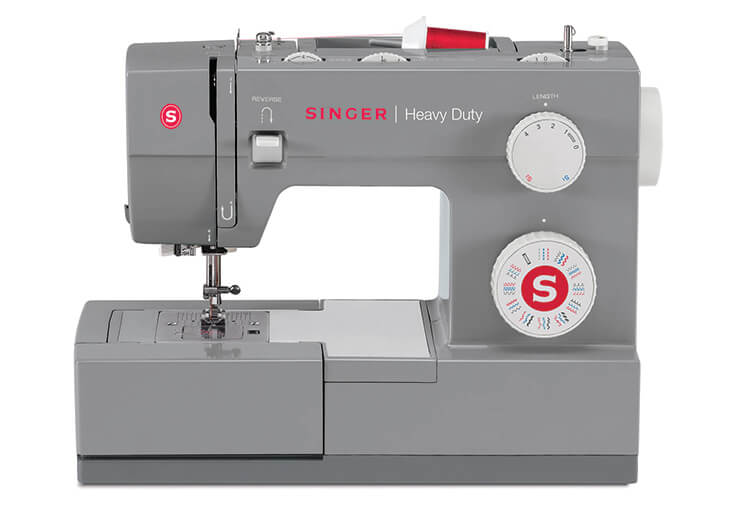
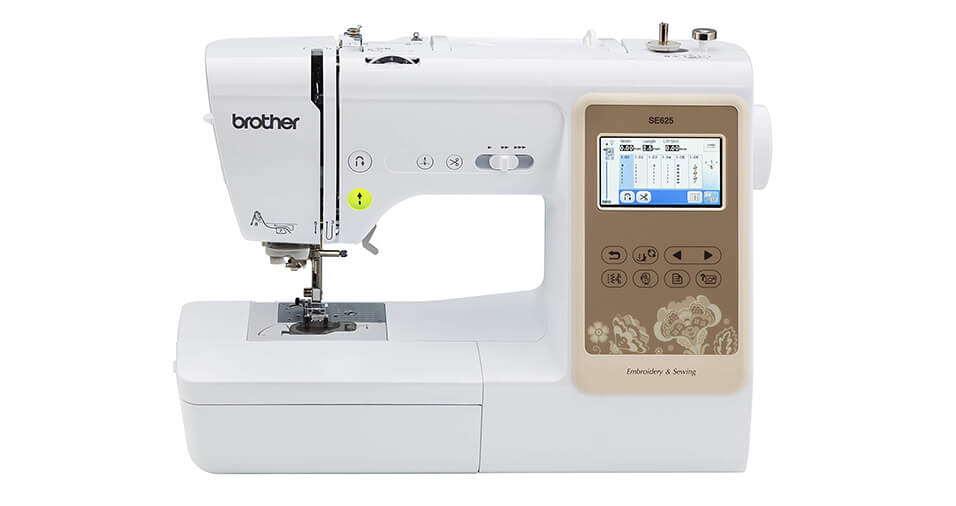
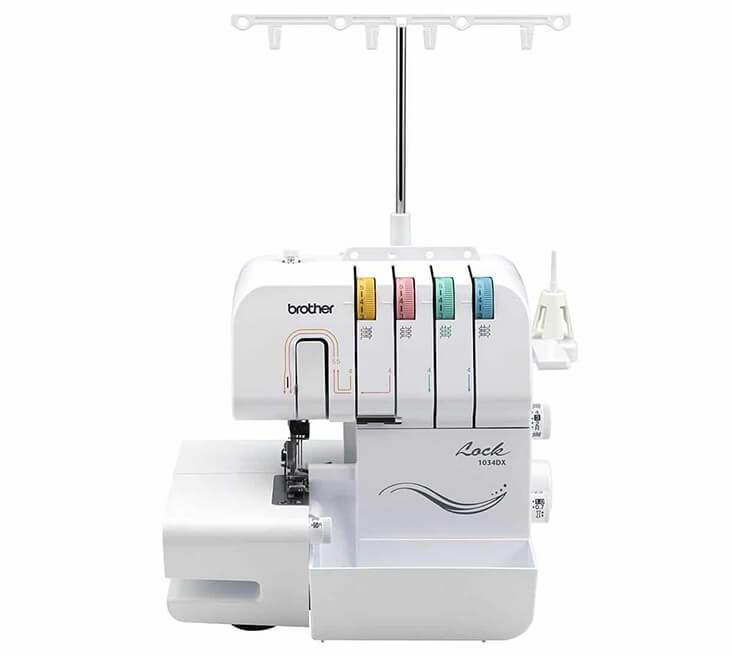
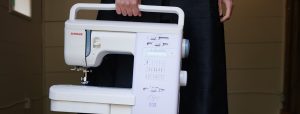
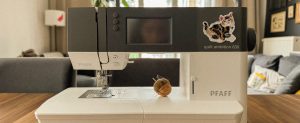
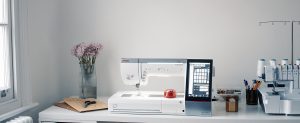
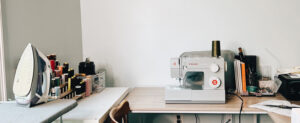
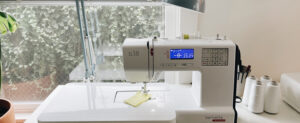













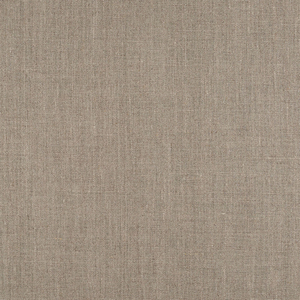


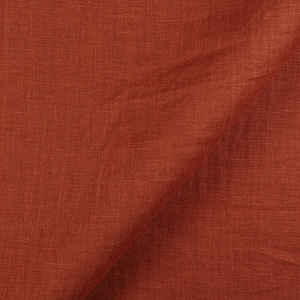



















11 Comments
Cynthia Philips
Hi McKenzie. I can’t speak to the Brother serger mentioned above but, if you are looking for a serger I would seriously consider a Babylock if you have a local dealer. I have owned Babylocks for several years and finally upgraded to their top-off the line Triumph and I love it. That being said, Babylock has a full price range of sergers with varying features. Most Babylocks are very user friendly (which will help with that learning curve) and I have found mine to be quite reliable. Some sergers are annoyingly awkward to re-thread. or to change from “standard” serging to a rolled hem (something you can do on a serger but not on a conventional sewing machine) In regards to the “learning curve” – a serger is different than a sewing machine. A basic 2-4 thread serger has 2 loopers and 2 needles that provide you with a variety of stitch options. On manual tension machines there are 4 tension dials which can sometimes be a little daunting to the beginner but I wouldn’t let that dissuade you. Once you understand it, it’s not that daunting. Some machines now have an “automatic tension” feature which means you never have to manually adjust the tension. These are also pricier machines. Most sergers these days also have an adjustable “differential feed” which is, in my opinion, a must as it helps with feeding the fabric properly through the serger with different types of “sewing” (eg. straight stitching vs gathering), and if you want to serge on knits some of which can be quite stretchy. I started out using mine just to nicely finish seams but I have grown into more creative uses (hence the upgrade to the Triumph) and really love the user friendly features of my machine (even my older Babylocks were user friendly). For me, I wanted reliability, ease of use, and a manual that was comprehensive and easy to understand with really good diagrams. If you are new to sergers and free classes are offered – take them. Also, there are many great you tube tutorials put out by the various brands as well as independant dealers that I have found helpful. Hope my comments have been helpful.
Emma Gerard
Looking at your suggested machines: the Brother has such a short bed that it would be a constant problem for sewing any larger pieces that needed to be turned and/or maneuvered under the foot. When I went from a Singer treadle to an Elna Super (1967), this was a constant struggle for me. The Janome looks like a good choice. I am not looking to replace my now very vintage Elna but my 15 year old granddaughter may be due for an upgrade from her second hand Brother..
Carrie Krumrie
My mom had a Singer sewing machine bought in early 1950, or sooner, as I was born in early 1950. This was what my baby clothes were sewn on!!! Love it!!! Love it!
That machine is very quiet and makes amazing stitches! No jig jag. Oh, well!
So I bought a Singer in 1972, which when the needle broke, you could NOT put a new needle in!!! I should have taken it as the sign that it was! But struggled on for many years!
I purchased an entry level Husqvarna in 1983, and never looked back! Since then, I have updated to a 1995 Husqvarna. I have a BabyLock embroidery/sewing machine, which I love!
I currently am sewing on a Bernina 1530, which has a wider area, in the sewing area, so I can quilt on it!
So if quilting might be on down the road, check out the sewing distance. I use my 1995 Husqvarna for free motion quilting, as it takes the speed of movement! The Bernina beeps, when I go to fast!
Note aside: check out on the pressure foot, where you get the higher speed. I made a dress on slow pressure foot, and could have hand sewn it faster!!! Take a class or two to find out the goodies your machine is capable of doing! Check out the previously loved machines! They have been serviced and checked out! Sometimes you can purchase more bang for your buck!
Always have your machine serviced! One of the classes to take, is how to clean your machine to keep it in tip top shape!
See if the store will let you come in on a Tuesday to test drive the machines! Tuesday are generally slow retail days!! The. You can make an informed decision!
You will trade cars, move, go on vacation and change jobs; but you want a machine that will stay with you!!! My mom still lugged her 60 year old machine with her to teach quilting!!
Also a sewer!!
Enjoy the journey!!!
Hope this helps!
Carrie Krumrie
Renee Graham
I was flying to my daughter’s house for a four generation Renaissance Festival visit in Spring 2018 – my mother was going to fly in the night before and fly out the morning after & had NOTHING to wear.
I ordered some Krista Natural IL020 fabric to be delivered to my daughter’s house and went out shopping for a low-priced machine to use (no room in luggage going out and she didn’t have a machine). After checking out the “new” machines, I went by a sewing machine repair shop (used to live in that area & the guy was a trained Singer repairman who’d been repairing machines for about 40 years – I KNEW he’d have an older machine on hand). I got a Fashion Mate 328k – he oiled it, replaced the “rubber tire” on the bobbin winder, and threw in fashion disc (cam) #1 so I’d have a straight stitch & a zig-ag stitch for finishing seam edges.
Sewing that linen went so well that I flew home with that machine in my suitcase (padded with my Renaissance garb & leftover linen). I’d brought some garb for the grandkids (made from Doggie Bag remnants) and a spare skirt for my mom to wear with her new Clara peasant blouse in Krista Natural (there is photo on that fabric’s page). After repacking what was left of MY clothes & garb – I had enough room and didn’t go over my weight allowance on the checked bag!
The machine is now in my sewing room, in a Singer cabinet, and I’ve collected all the “missing” fashion discs (cams) to make all the stitches, found an accessory box & manual, cleaned it, oiled it, and still use it often enough that it doesn’t get folded into the cabinet very often in the last five years… Vintage machines were designed and built to the ONLY machine a home sewer needed to have and they will handle a much wider variety of fabrics (with the correct needle and an adjustment to the pressure on the presser foot) than they are sometimes expected to be able to handle. You may not have 30-odd fashion discs to let your vintage machine sew a LOT of stitches – but it’s amazing what you can do with “just a zig-zag” and a little practice with the Stretch & Sew techniques from the late 1960s & early 1970s!
I also have a serger, a cover stitch, more than one embroidery-sewing combo machine, and a Pfaff QE 4.2 – as well as having bought a Singer 3342 to leave at my daughter’s house permanently (easier than flying back & fourth with a heavy machine in my suitcase or especially in my carryon). I enjoy having options available – depending on what I want to do with a given project!
Ann Klevgard
I highly recommend a Juki MOD 644 Serger, the very best. Juki machines owe a great deal to their industrial brethren for quality, endurance, results! Best value available for home sewests.
Lisa Bentz
This was an interesting post which I may refer to later. I occasionally get asked by friends, acquaintances and family about which machine I would buy, because they know I sew a lot and own several machines. My standard response is “Don’t waste your money on a newer machine.” I find the heavy metal post-war models are sturdy and reliable, offer good basic stitches, and are seriously undervalued in thrift stores. I have a 1950 Singer (no zig-zag) that is a great teaching machine with beautiful stitches. My c.1950 White Model 1653 — which I bought for $19 at a thrift store — sews jeans without a hiccup. Both were cleaned, oiled and tuned by my local repair guy and have been excellent machines for all-around sewing. Now I can offer some alternative advice on the newer machines out there.
Joy Kathleen Munden
I absolutely agree! I’ve had more “modern” machines, and always end up getting my 1953 Singer 90-15 out instead. My mom got it in 1953 when she got married, but she didn’t really enjoy sewing, so I took it over eventually. I’ve been sewing on it since making my own clothes in junior high. Now I mostly do quilting, and it can’t be beat. Layers of fabric and batting are no problem. It does everything I want it to do very well, and the attachments work like a charm for button holes, ruffling, hemming, etc. I have it serviced professionally every 10 years or so and keep it oiled and greased as recommended. And it’s a piece of history, that makes me think about how many millions of women have used these machines (which are largely unchanged since the 1800s). Plus it’s very pretty.
Carrie Krumrie
Very good point!!!
Several times have bought brand new, as previously loved
machines were not shown to me!!’
Look around!!!
Carrie Krumrie
McKenzie Reints
I’m so excited to hear about the positive things about the surgery her. I am really considering buying myself my own Christmas present, a surgery, and it’s nice to hear that this one would be a good choice. When you say there’s a learning curve, how bad is the learning curve? What exactly do you mean by that?
Alexis Bailey
Hi McKenzie! By learning curve I mean you may want to check out some videos and the instructions and thread it a few times to get the usage down versus being able to just pull it out of the box and use automatically or easily (unless you just tie the threads on to rethread but sometimes that doesn’t always work). It’s a pretty easy machine to use though. Hope that helps!
TAMMY Gray
I learned to sew on Singers. By the 1970s , I learned that Singers weren’t as sturdy as the older models. I bought a fancy Kenmore with an automatic buttonholer which served me well for many years. I sold a Husqvarna Freesia which I wish I had kept.. Ten or so years ago I was looking for a new Singer but there was no dealership within 100 miles. I bought a Brother NX650Q which I sewed 2 garments on and couldn’t wait to sell it. I bought a Bernina 350 but wanted an automatic buttonholer and traded in. Six years again I spent 6K on a Bernina 770QEE and have acquired 2 additional new Berninas and 2 Pre-owned Berninas. I also have inherited a famed Singer 201-2 which I would love to sew on but parts can be very hard to find and someone to rework what I have in this state harder to find . In my opinion, the best machines are the metal head vintage machines especially if you primarily do straight stitching. It’s critical for me to have technicians nearby.. A Bernina dealership is less than 8 miles away. The old Bernina Record 830 will out sew most machines ever made. But I know that in the event a part is unavailable, I’m in trouble.